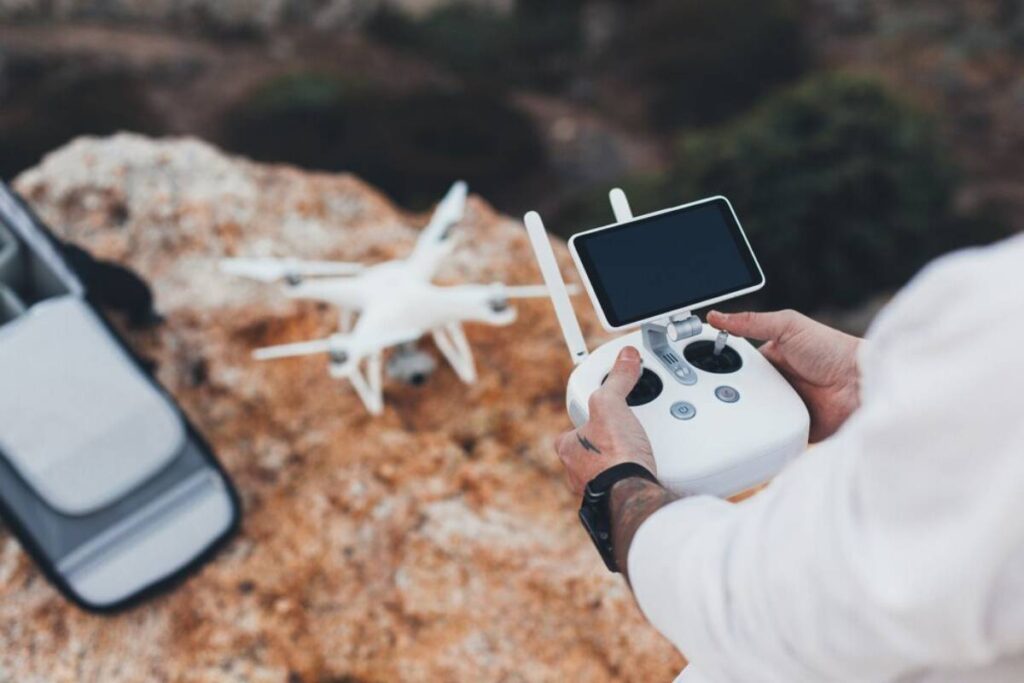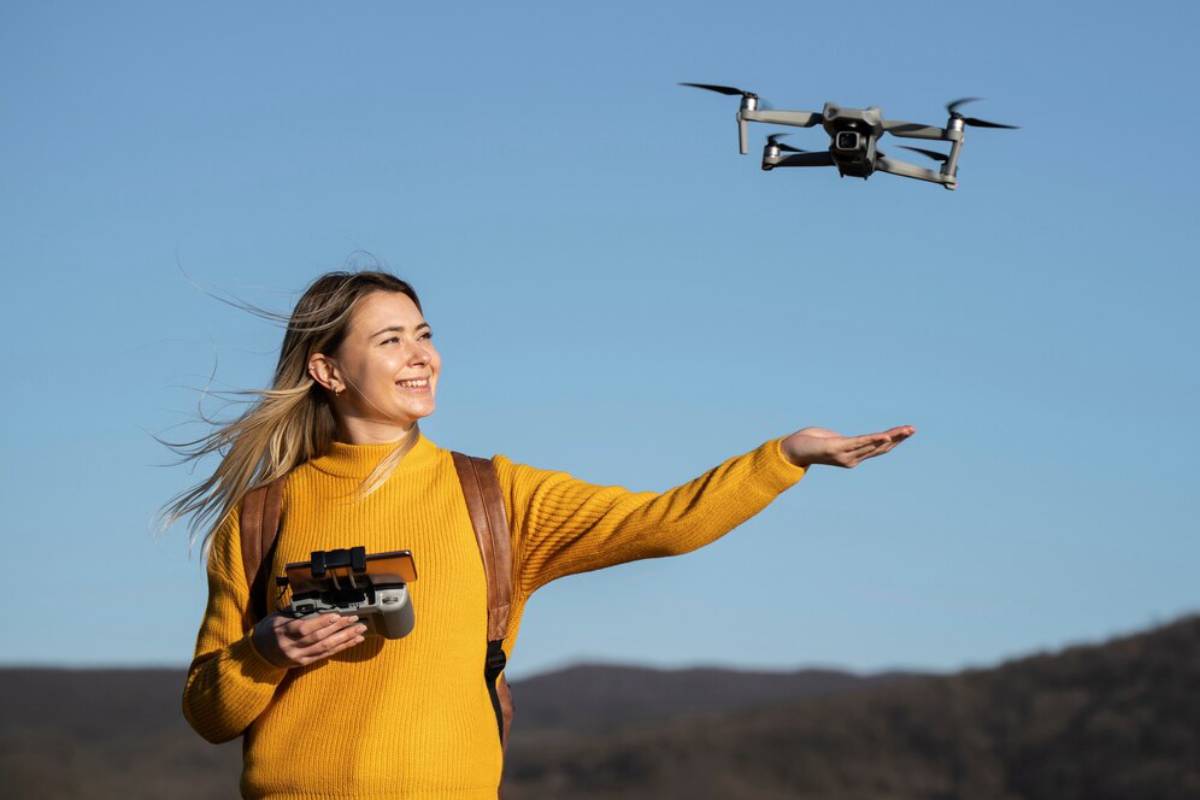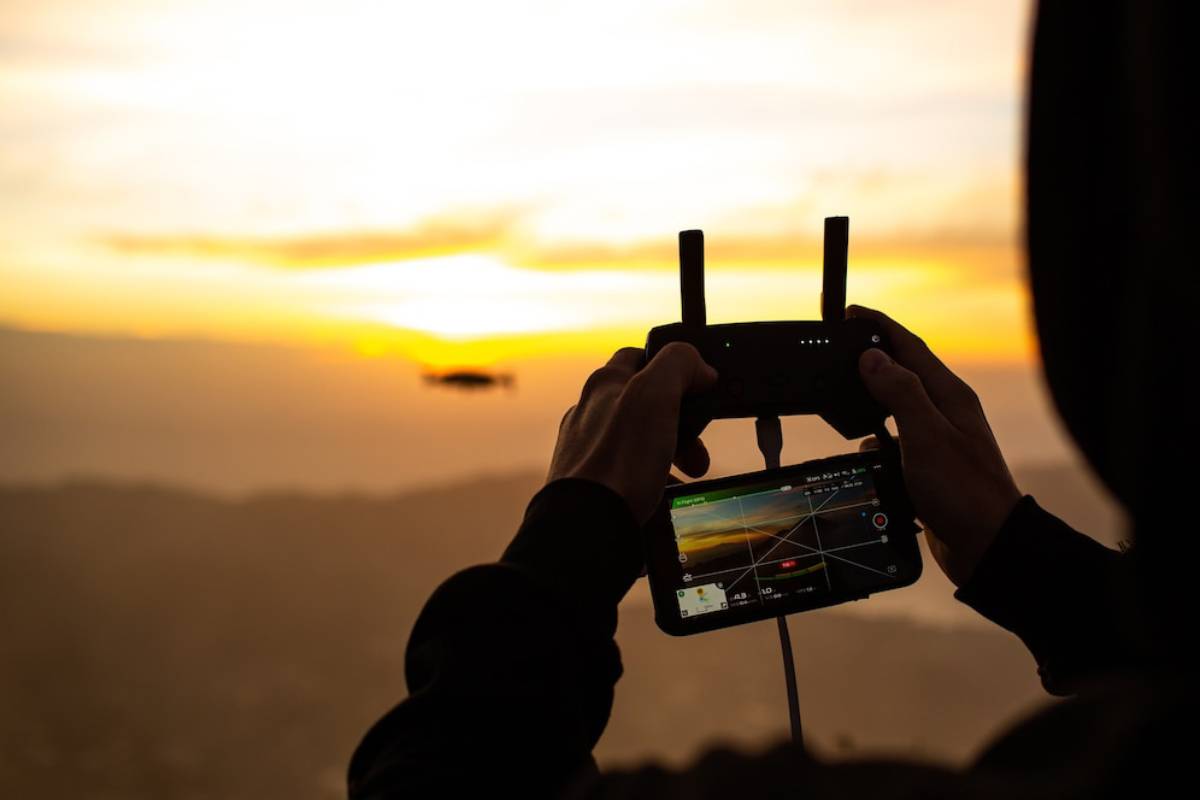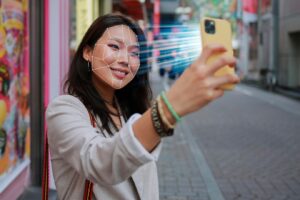The Technology Blog

How Drones are Changing Landscape Photography
Over the past decade, drones have transformed many industries and photography is no exception. For landscape photographers, drones have unlocked a completely new way of capturing the world—offering perspectives once reserved for helicopters or aircraft. Today, with advanced drone camera technology and better accessibility, aerial photography is becoming a favourite tool for both professionals and hobbyists alike.
Expanding the Photographer’s Perspective

Traditionally, landscape photography was limited to ground-level viewpoints. You could climb a hill or find a unique angle, but there were clear physical boundaries. Drones have shattered those limits.
With a drone, photographers can now capture vast valleys, coastal cliffs, mountaintops, and remote terrains from a bird’s-eye view. This has changed not just how we shoot landscapes, but how we think about space and composition.
Unlocking New Angles
Drones allow you to shoot directly overhead, glide across surfaces, or hover in ways that offer symmetry and detail the human eye rarely sees. From geometric crop fields to winding rivers, these views reveal patterns and textures that are invisible from the ground.
Highlighting Scale and Contrast
A drone shot can highlight the scale of a single subject—like a person standing in a desert or a lone tree in a forest—against the vastness of the natural world. These types of shots add emotion and story to what might otherwise be a typical scene.
Advances in Drone Camera Technology
The rise in drone photography has been supported by rapid improvements in camera hardware and software.
High-Resolution Imaging
Modern drones can capture images in 4K, 6K, or even 8K resolution. This level of detail is especially valuable in landscape work, where crisp lines and texture matter.
Stabilisation Features
Gimbals and stabilisation systems help keep the camera steady during flight. This means smooth video footage and sharp still images, even in windy conditions or while the drone is moving.
Smart Tracking and Flight Modes
Many drones now have smart features. These include subject tracking, orbit mode, and pre-programmed flight paths. These tools help photographers plan creative shots. They can focus on framing instead of controlling every movement.
More Accessibility Than Ever Before
A few years ago, aerial photography was an expensive pursuit. Hiring helicopters or planes wasn’t just costly—it also required permits and careful planning. Drones have made this process affordable and more spontaneous.
Today, anyone with a mid-range drone can experiment with aerial photography. Even entry-level models have great cameras. They also include automated features that help beginners start easily.
This accessibility has democratised landscape photography. Creative people everywhere are now sharing amazing visuals. These images were hard to create before without big resources.
Changing the Creative Process
The creative process for drone photography is different from traditional methods. It introduces new ways of thinking about timing, light, and subject placement.
Composition from the Sky
Photographers now have to consider composition from above. Leading lines, symmetry, negative space, and balance play a much bigger role when shooting from high altitudes.
Golden Hour and Weather Patterns
Timing remains critical. Golden hour lighting, right after sunrise or just before sunset, gives a magical glow to aerial views. Fog, cloud cover, or even snow can completely transform a scene from the sky.
Planning and Previews
Apps like Google Earth and drone mapping tools help photographers plan their locations ahead of time. This digital planning saves time. It also helps you see what the drone will view before you launch it.
The Role of Editing in Aerial Photography
Editing is a major part of modern landscape photography, and drone work is no different. High-resolution drone images are often adjusted for colour, contrast, and clarity. This helps enhance each frame.
RAW Formats
Many drones now support RAW image capture, allowing greater flexibility in post-processing. Photographers can adjust exposure, highlights, and shadows without losing image quality.
Stitching and Panoramas
Drones can take multiple images in sequence to create wide-angle panoramas or even 360-degree views. This gives a more immersive representation of large-scale landscapes.
Practical and Ethical Considerations
As with any technology, using drones comes with responsibilities.
Legal Restrictions
Most countries have rules around where and how drones can be flown. Common restrictions are:
- No-fly zones around airports.
- Limits on altitude.
- A need to keep the visual line of sight.
Photographers should follow local rules and get the right permits. This is important in national parks and protected areas.
Respecting Nature and Privacy
It’s important to fly in a way that doesn’t disturb wildlife or invade private spaces. A quiet drone can still scare animals. Photographers must think about its impact on the environment.
Drones and the Evolution of Storytelling
One of the biggest shifts brought by drones is in storytelling. Aerial images offer a different narrative.
They share the story of a river. It carves through valleys. Villages hug the mountains. Weather shapes the land from above.
These images can weave intricate tales about geography, human influence, and nature’s allure. They help photographers show change over time. This includes the marks of deforestation and urban sprawl. They allow artists to express themselves and share important visual information.
Looking Ahead: What’s Next for Drone Photography?
The future of drone photography looks promising.
Prepare for batteries that last longer, frames that are lighter, and AI controls that follow your lead. Drones glide through the skies, expertly exploring delicate and untouched places.
We’ll see tech wonders come together. Virtual reality and 3D modelling will join the aerial revolution.
This could allow viewers to interact with landscapes in entirely new ways.
Conclusion: A New Era of Landscape Photography

Drone technology has opened a new chapter in the world of landscape photography.
Drones have transformed image capture, expanded perspectives, and broadened who can create. Drone photography is now vital for today’s photographers. Better accessibility, smarter cameras, and more creativity have made this possible.
Drones are like modern-day magic carpets, soaring through the skies. When guided with care and respect for the law, they unveil stunning vistas. Beyond mere gadgets, they weave tales and spark awe in the art of exploration. Each flight offers a fresh perspective on the beauty of our world.









